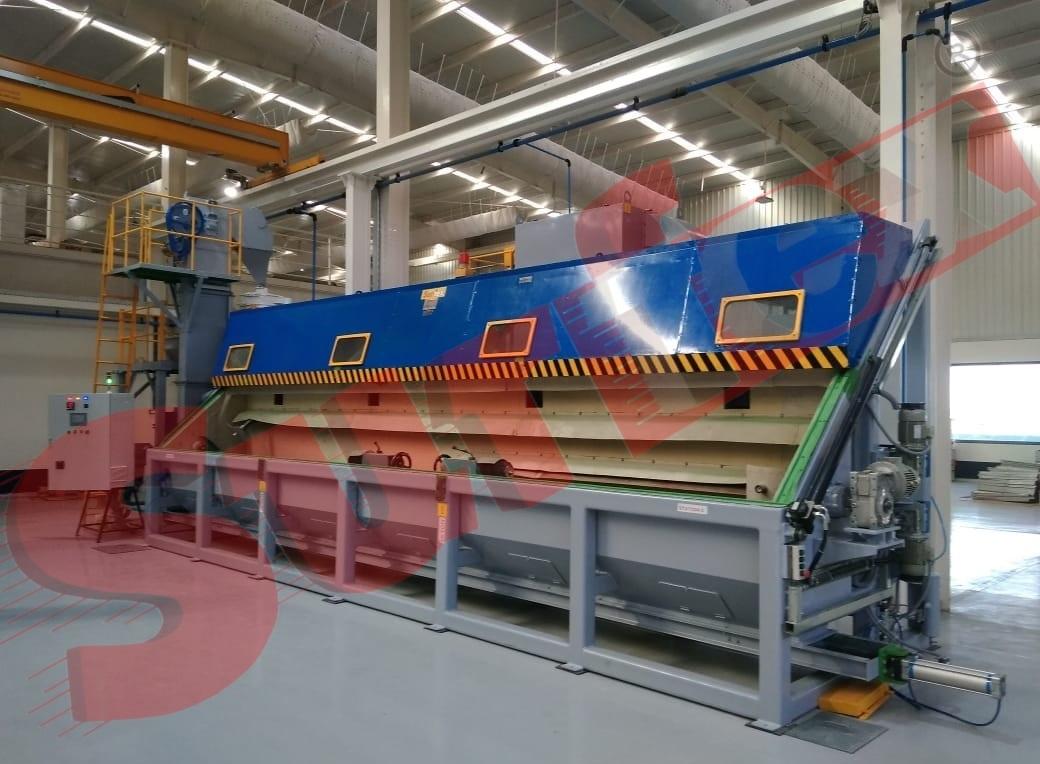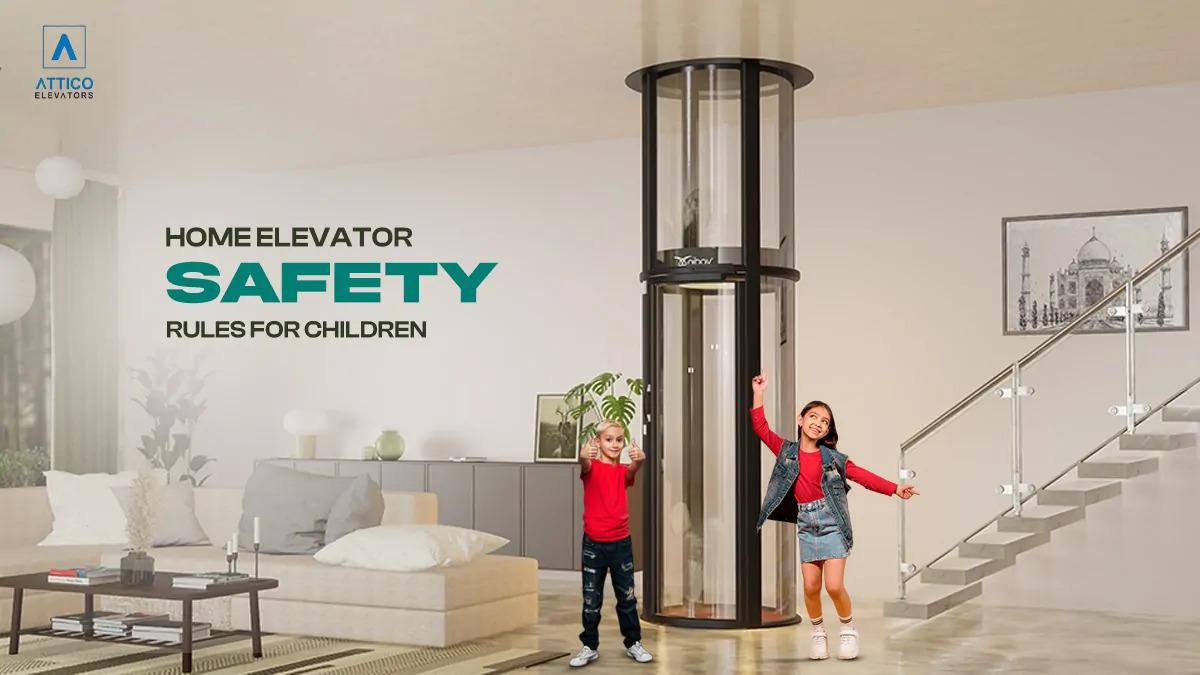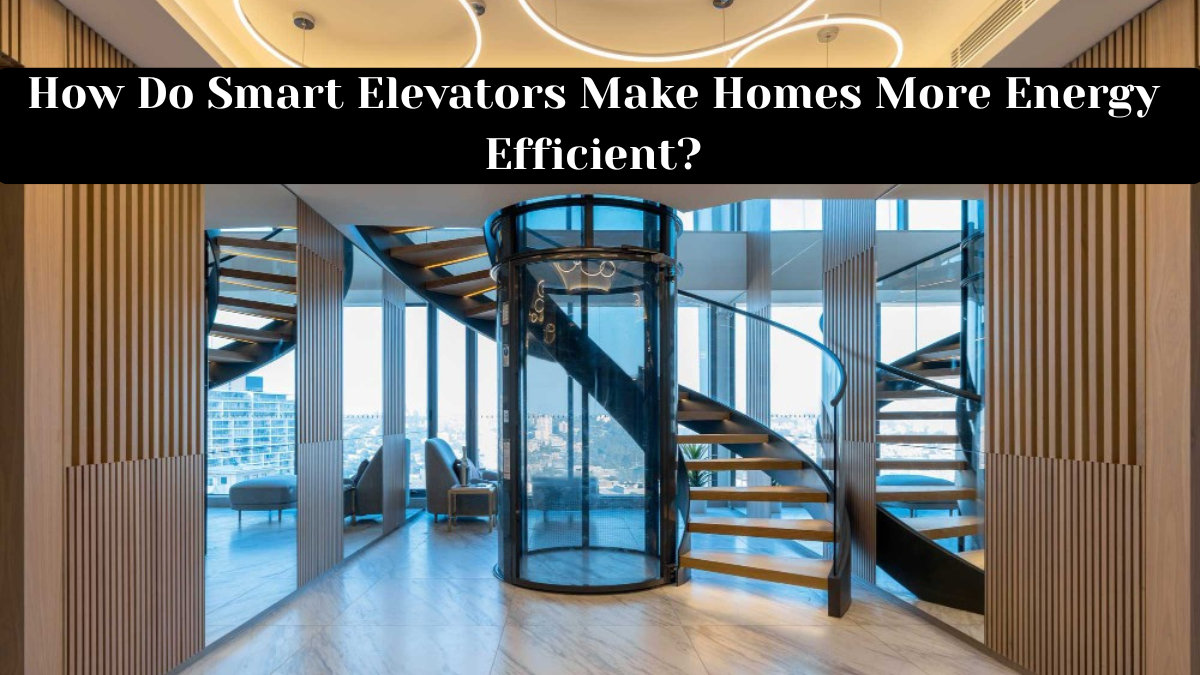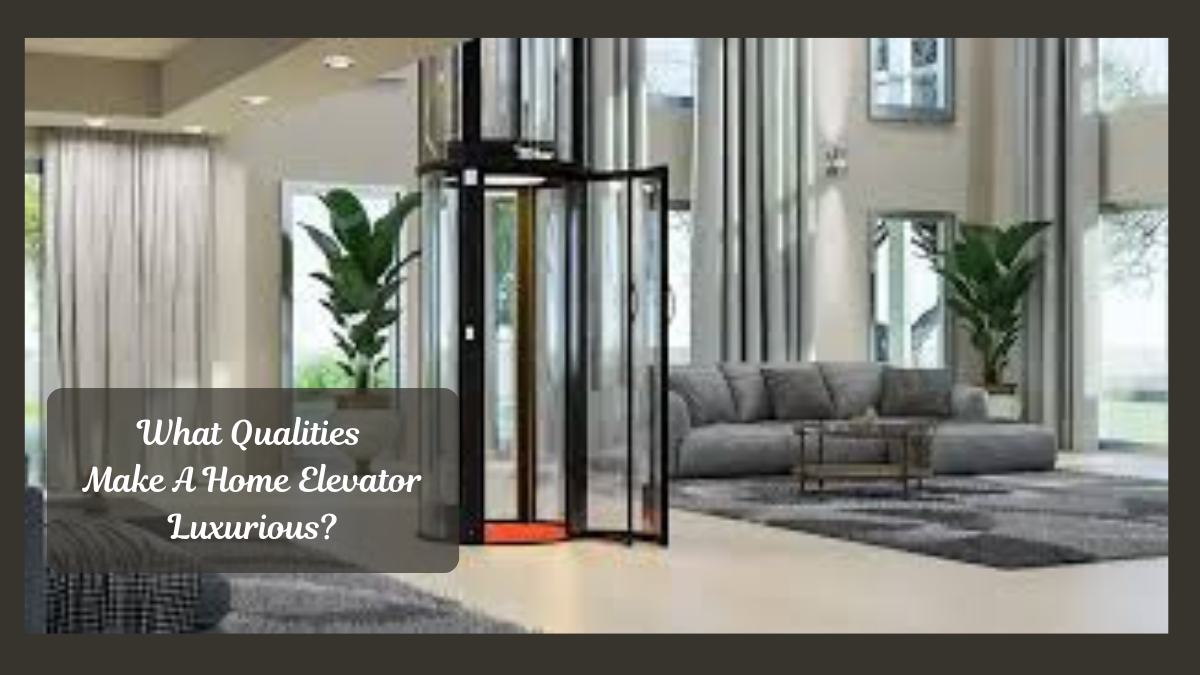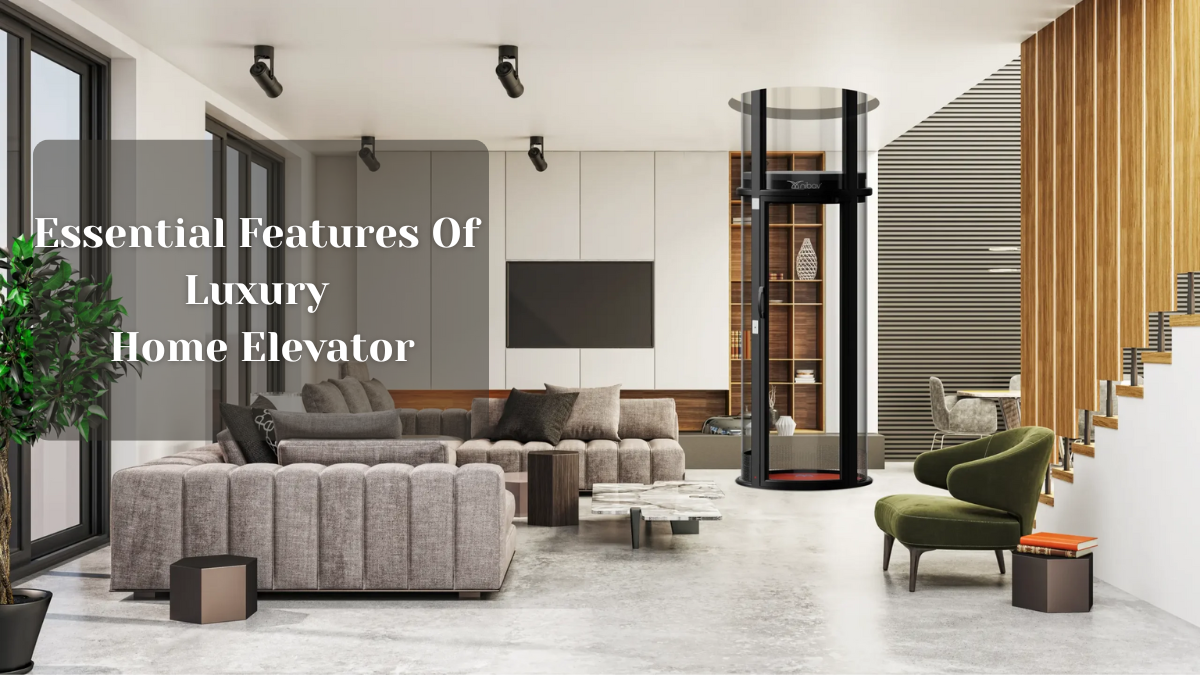The Economics of Repairing a VW Multitronic Gearbox – Cost vs. Replacement
Introduction
The VW Multitronic gearbox is known for delivering an exceptionally smooth driving experience and improved fuel efficiency compared to traditional automatic transmissions. However, when it fails, the repair bill can be a serious concern for car owners. One of the most common questions mechanics and service centers face is whether to repair or replace the Multitronic gearbox. This article explores the real economics behind both options, helping drivers make an informed and financially sound decision.
Understanding the Value of the VW Multitronic Gearbox
Before comparing costs, it’s important to understand what makes the VW Multitronic gearbox valuable — and expensive. Unlike traditional gearboxes with fixed gears, this transmission uses a continuously variable system (CVT) controlled by a Transmission Control Unit (TCU).
It features:
A steel link chain that transmits torque between variable pulleys.
Hydraulic actuators that adjust pulley ratios smoothly.
Electronic sensors and software that continuously manage performance.
Because of its complexity, even small faults often require expert diagnostics, special tools, and high-quality replacement parts.
When Repair Is the Right Choice
Repairing a VW Multitronic gearbox can be cost-effective under certain conditions. A professional repair is ideal when:
The issue is minor or isolated, such as a leaking seal or sensor failure.
The gearbox has low mileage and no major mechanical wear.
The Transmission Control Unit (TCU) is functioning properly.
There are no signs of severe overheating or chain damage.
Typical repairs may include fluid changes, solenoid replacements, or clutch adjustments. In such cases, the cost is relatively modest, and the gearbox can return to near-new performance with minimal downtime.
When Replacement Becomes Necessary
Unfortunately, some failures go beyond economical repair. A full gearbox replacement is recommended when:
The chain or pulley system is severely worn.
The clutch packs are burned out or slipping.
Internal bearings are damaged or noisy.
The TCU has failed and is not repairable.
Metal particles are found in the gearbox fluid (a sign of internal wear).
A replacement can be expensive, but it often comes with warranties and the assurance of factory-standard performance. In older vehicles, however, the replacement cost can exceed the car’s resale value — making it an impractical choice.
Typical Cost Breakdown
While prices vary by region, labor rates, and model, here’s a general comparison of repair versus replacement costs:
Service Type
Description
Estimated Cost Range (USD)
Minor Repair
Fluid + filter change, sensor adjustment
$250 – $500
Moderate Repair
Clutch or valve body service
$700 – $1,200
Major Overhaul
Full internal rebuild
$1,500 – $2,800
Full Replacement
New or reconditioned gearbox
$3,000 – $6,000
https://www.sinspeed.co.uk/volkswagen-vw-multitronic-dsg-cvt-transmission-controller-tcm-tcu-repairs/
The Economics of Repairing a VW Multitronic Gearbox – Cost vs. Replacement
Introduction
The VW Multitronic gearbox is known for delivering an exceptionally smooth driving experience and improved fuel efficiency compared to traditional automatic transmissions. However, when it fails, the repair bill can be a serious concern for car owners. One of the most common questions mechanics and service centers face is whether to repair or replace the Multitronic gearbox. This article explores the real economics behind both options, helping drivers make an informed and financially sound decision.
Understanding the Value of the VW Multitronic Gearbox
Before comparing costs, it’s important to understand what makes the VW Multitronic gearbox valuable — and expensive. Unlike traditional gearboxes with fixed gears, this transmission uses a continuously variable system (CVT) controlled by a Transmission Control Unit (TCU).
It features:
A steel link chain that transmits torque between variable pulleys.
Hydraulic actuators that adjust pulley ratios smoothly.
Electronic sensors and software that continuously manage performance.
Because of its complexity, even small faults often require expert diagnostics, special tools, and high-quality replacement parts.
When Repair Is the Right Choice
Repairing a VW Multitronic gearbox can be cost-effective under certain conditions. A professional repair is ideal when:
The issue is minor or isolated, such as a leaking seal or sensor failure.
The gearbox has low mileage and no major mechanical wear.
The Transmission Control Unit (TCU) is functioning properly.
There are no signs of severe overheating or chain damage.
Typical repairs may include fluid changes, solenoid replacements, or clutch adjustments. In such cases, the cost is relatively modest, and the gearbox can return to near-new performance with minimal downtime.
When Replacement Becomes Necessary
Unfortunately, some failures go beyond economical repair. A full gearbox replacement is recommended when:
The chain or pulley system is severely worn.
The clutch packs are burned out or slipping.
Internal bearings are damaged or noisy.
The TCU has failed and is not repairable.
Metal particles are found in the gearbox fluid (a sign of internal wear).
A replacement can be expensive, but it often comes with warranties and the assurance of factory-standard performance. In older vehicles, however, the replacement cost can exceed the car’s resale value — making it an impractical choice.
Typical Cost Breakdown
While prices vary by region, labor rates, and model, here’s a general comparison of repair versus replacement costs:
Service Type
Description
Estimated Cost Range (USD)
Minor Repair
Fluid + filter change, sensor adjustment
$250 – $500
Moderate Repair
Clutch or valve body service
$700 – $1,200
Major Overhaul
Full internal rebuild
$1,500 – $2,800
Full Replacement
New or reconditioned gearbox
$3,000 – $6,000
https://www.sinspeed.co.uk/volkswagen-vw-multitronic-dsg-cvt-transmission-controller-tcm-tcu-repairs/




